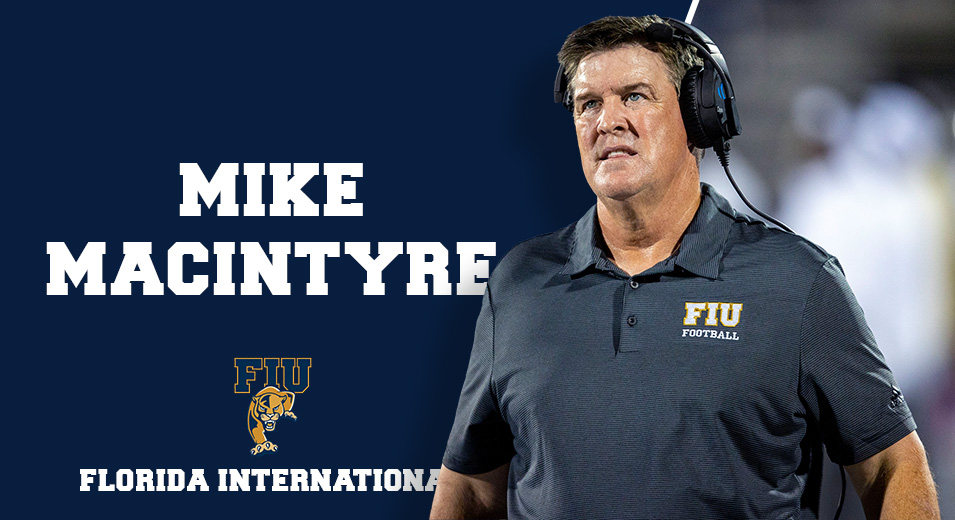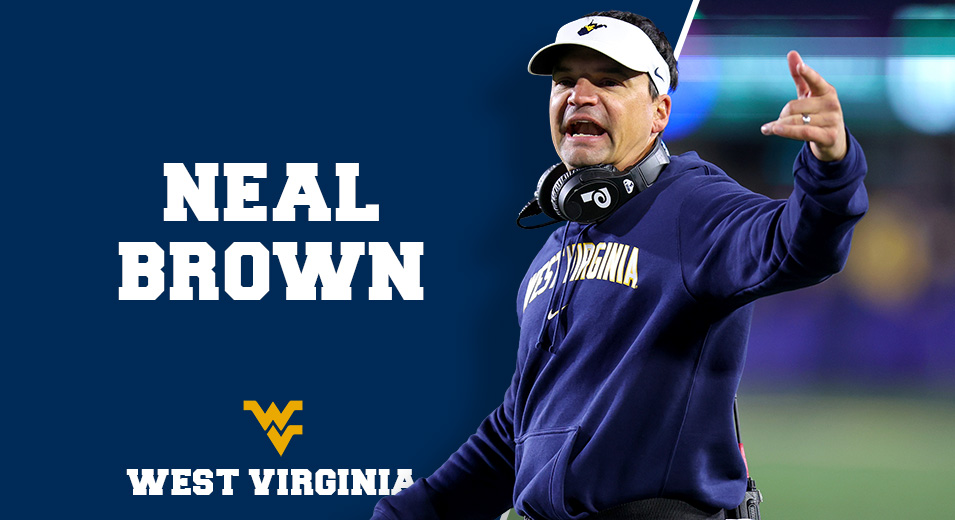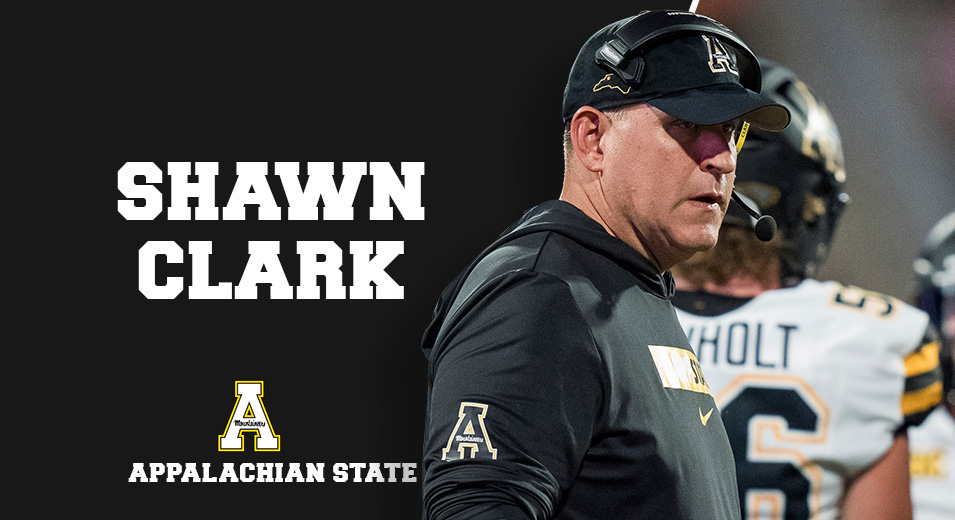Blog Article
Week 15 Coaches Hot Seat Rankings – Breaking Down the Top 5
Welcome to our breakdown of the Top 5 ranked coaches on the Week 15 Coaches Hot Seat Rankings.
In the era of social media and team message boards, College football communities typically fall into three categories:
Picture the modern college football landscape as a digital Roman Colosseum, where three distinct tribes gather daily to pass judgment on their gladiators. I’ve spent months studying these tribes, fascinated by how their collective voice can determine the fate of multimillion-dollar coaching careers with the force of an emperor’s thumb.
First, you have the Sunshine Pumpers – college football’s eternal optimists, whose rose-tinted view of their program would make Pollyanna seem cynical. They’re the ones who’d watch their team’s practice facility burn to the ground and declare it a strategic move to improve ventilation. Their unwavering positivity isn’t just amusing; it’s a psychological defense mechanism worth millions to beleaguered athletic directors who need someone, anyone, to keep buying season tickets.
Then there are the Negative Nellies, the digital descendants of Ancient Greek tragedy choruses. These people have turned catastrophizing into an art form and see an upset loss to a rival as evidence of civilization’s collapse. They don’t just want their coach fired; they want him launched into the sun, preferably before halftime.
But the real power brokers? They’re the Middle Majority – college football’s silent jury. These are the clear-eyed realists who still remember that this is, ultimately, a game played by 20-year-olds. Lose their support, and a coach’s career expectancy drops faster than a team’s ranking after a loss to an FCS opponent.
As we examine this week’s coaching hot seat rankings, remember: these three tribes aren’t just posting on message boards – they’re reshaping the power dynamics of a $8 billion industry, one complaint thread at a time.
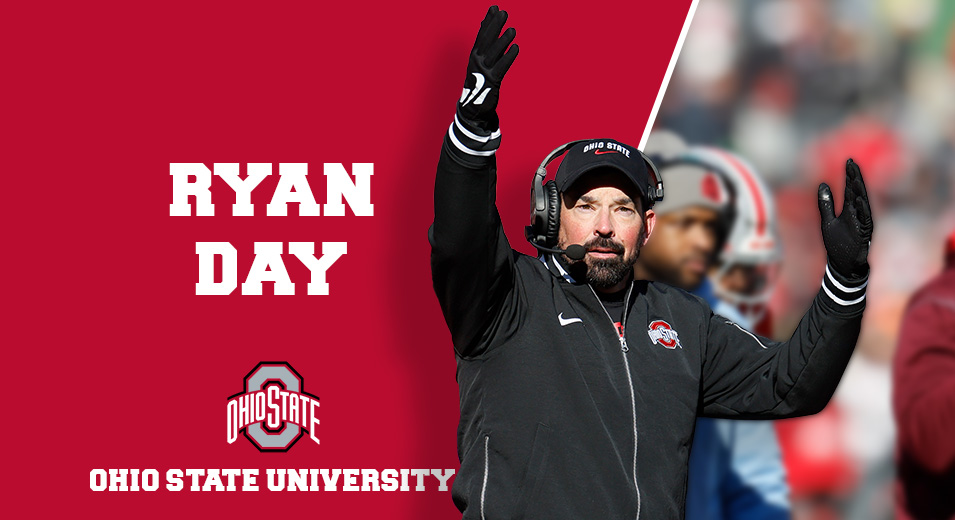
The Ryan Day situation at Ohio State exemplifies how these three tribes can reshape a program’s trajectory. With a staggering 86.8% winning percentage and a 64-3 record outside of Michigan games and playoff appearances, Day should be untouchable in the eyes of any rational observer. But that’s not how college football works in 2024, especially not in Columbus.
The Sunshine Pumpers point to the program’s continued playoff contention and recruiting dominance, including a roster powered by $20 million in NIL money. They’ll tell you that Day’s overall record (.868 winning percentage) would be celebrated at 95% of programs nationwide. And they’re not wrong.
The Negative Nellies, however, have found their ammunition: a 2-7 record in career-defining moments and four straight losses to Michigan, including an unthinkable defeat to an unranked Wolverines squad that had just lost their head coach to the NFL. The “Big Game Day” epithet has stuck, and the critics are getting louder.
But it’s the Middle Majority that makes this situation genuinely fascinating. They’re running the numbers: a $35 million buyout, a coach who consistently wins everything except the games that matter most and a recruiting machine that just watched Michigan flip five-star quarterback Bryce Underwood with a reported $10 million NIL deal. The silent jury is still deliberating, but their patience is wearing thin.
Athletic Director Ross Bjork’s carefully worded support – “Coach Day does a great job leading our program. He’s our coach” – reads less like a vote of confidence and more like a holding pattern until the playoff scenario plays out. The real question might not be whether Ohio State wants to keep Day but whether Day wants to stay in a pressure cooker where even a 66-10 record can’t guarantee job security.
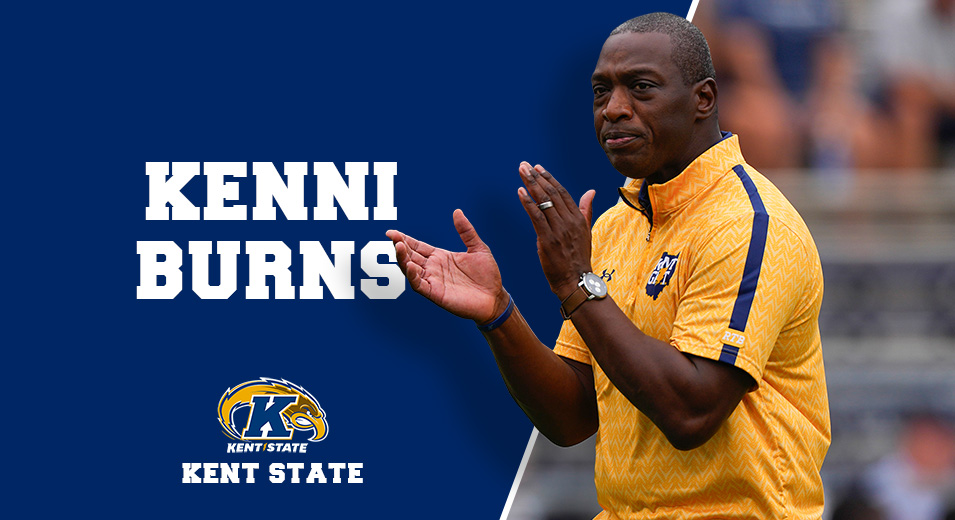
Unlike the Ohio State scenario, Kent State’s situation with Kenni Burns has achieved something remarkable: it’s united all three tribes in bewilderment. When you’ve lost 21 straight games and your head coach is being sued for defaulting on a $24,000 credit card debt despite making nearly half a million dollars annually, even the Sunshine Pumpers run out of silver linings to grasp.
The raw numbers read like a satire of college football excess: a 1-33 overall record, a $1.51 million buyout, and a contract extension through 2028 that was inexplicably granted in February 2024 – the same period during which Burns was reportedly falling behind on his credit card payments. The Golden Flashes haven’t just lost games; they’ve been dismantled with surgical precision, outscored 486-160 overall and 282-99 in MAC play. The season’s nadir came early with a loss to St. Francis (PA), though the subsequent 71-0 demolition by Tennessee and 56-0 erasure by Penn State suggest “nadir” might be a moving target.
In any rational football universe, this would be where our three tribes engage in their usual warfare of interpretation. The Negative Nellies would demand immediate change, the Sunshine Pumpers would preach patience, and the Middle Majority would weigh the practical constraints against the competitive collapse. But when your head coach can’t manage his personal finances – defaulting on debt to a local bank that once sponsored the athletic program, no less – while earning $475,000 a year, it raises uncomfortable questions about institutional judgment.
Kent State has transcended such traditional dynamics. When your season ends with a 43-7 loss to Buffalo, extending the nation’s longest active losing streak to 21 games, while your head coach dodges court summons over unpaid credit card bills, you’ve achieved something rare in modern college football: unanimous consensus. The same industry that might force out Ryan Day and his 87% winning percentage at Ohio State has somehow found infinite patience for a program redefining competitive futility both on and off the field.
Perhaps that’s the most fascinating part of this story – how Kent State has inadvertently experimented with just how far institutional inertia can stretch. The answer is at least 21 games, one credit card default, and counting.
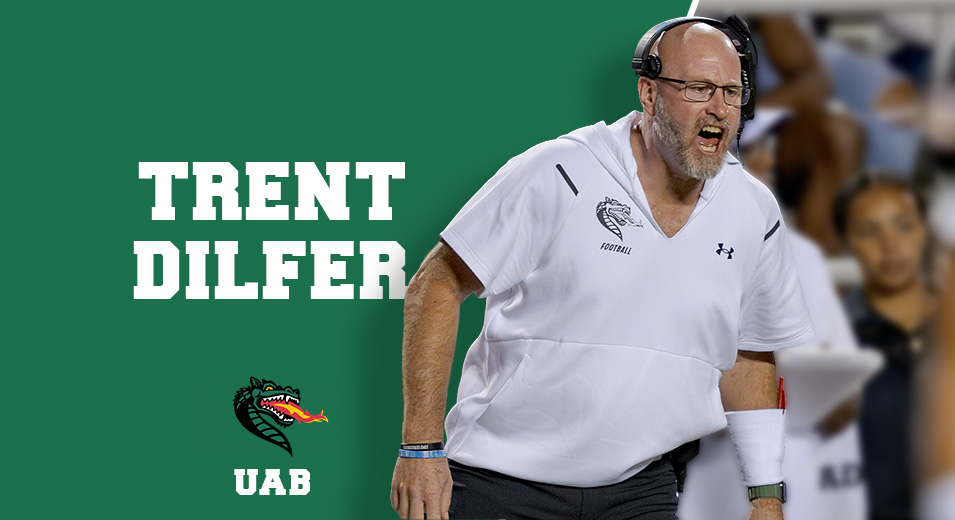
The UAB situation under Trent Dilfer exemplifies what happens when all three fan tribes suddenly realize they’ve been watching the same horror movie. Four seasons ago, UAB dominated Tulane with a bruising defense that held the Green Wave to 21 points. This year? Tulane hung 71 points on the Blazers in their stadium.
As Joseph Goodman of the Alabama Media Group devastatingly points out, UAB has completed a stunning transformation “from being a symbol of pride for the city of Birmingham to the worst team in college football.” Not the bottom 10. Not second-to-last. The worst. This is a program that, under Bill Clark, made five consecutive bowl games and engineered a move to the American Athletic Conference. Under Dilfer, they’re losing 32-6 to Louisiana-Monroe, a program he describes as “historically tragic.”
The Sunshine Pumpers, usually reliable defenders of any coach with an NFL pedigree, have gone quiet. The Negative Nellies are pointing to a season-ending loss to Charlotte where the Blazers missed not one but two chip-shot field goals. And the Middle Majority? They’re doing the math on how a program goes from nine wins and a bowl victory over BYU in 2021 to this level of competitive collapse.
Yet in a twist that would bewilder even the most optimistic fans, UAB appears ready to run it back with Dilfer in 2024. The sacrifice of assistant coaches is enough to appease the football gods, even as the program that Bill Clark rebuilt piece by piece crumbles into competitive irrelevance.
The most telling sign of the program’s descent is when a senior quarterback abandons the team mid-season to preserve his eligibility. This suggests that the quarterback whisperer might have lost his voice.
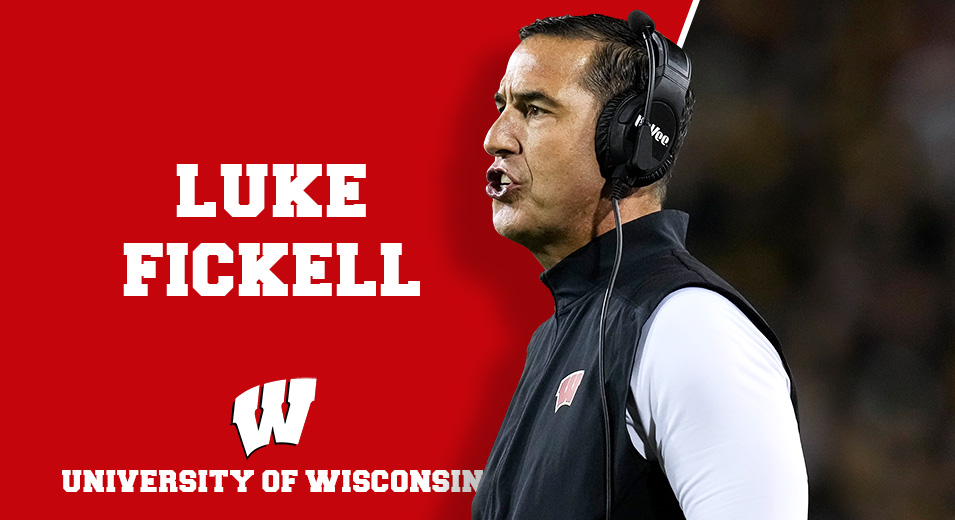
You know something has gone wrong when your fanbase goes from celebrating a splash hire to demanding his head in just two years. Luke Fickell’s descent at Wisconsin is a cautionary tale about the dangers of heightened expectations, with his .760 winning percentage at Cincinnati deteriorating to .500 in Madison.
The Sunshine Pumpers still point to his overall .667 career winning percentage and Cincinnati success, including that magical College Football Playoff run. They’ll tell you that losing starting quarterback Tyler Van Dyke to a torn ACL derailed what could have been a breakthrough season. And didn’t Fickell already show accountability by firing offensive coordinator Phil Longo?
However, the Negative Nellies have the receipts: five consecutive losses to the end of 2024, the first such streak since 1991. It was a humiliating 24-7 home loss to Minnesota that snapped a 22-year bowl streak and an offense that managed just 44 total yards in the first half of their season finale, with bowl eligibility on the line. The boos raining down at Camp Randall tell their own story.
The Middle Majority finds itself in an uncomfortable position. This is the same Luke Fickell who Ohio State passed over for Ryan Day – and now both men find themselves scrutinized for failing to meet their program’s standards, albeit at very different levels. The irony isn’t lost on anyone that while Ohio State contemplates moving on from Day’s 87% win rate, Wisconsin seems prepared to give Fickell another chance to prove he hasn’t lost his Cincinnati magic.
The most damning indictment? When athletic director Chris McIntosh’s recent raise and extension become part of the conversation about your job security, you know the pressure is mounting.
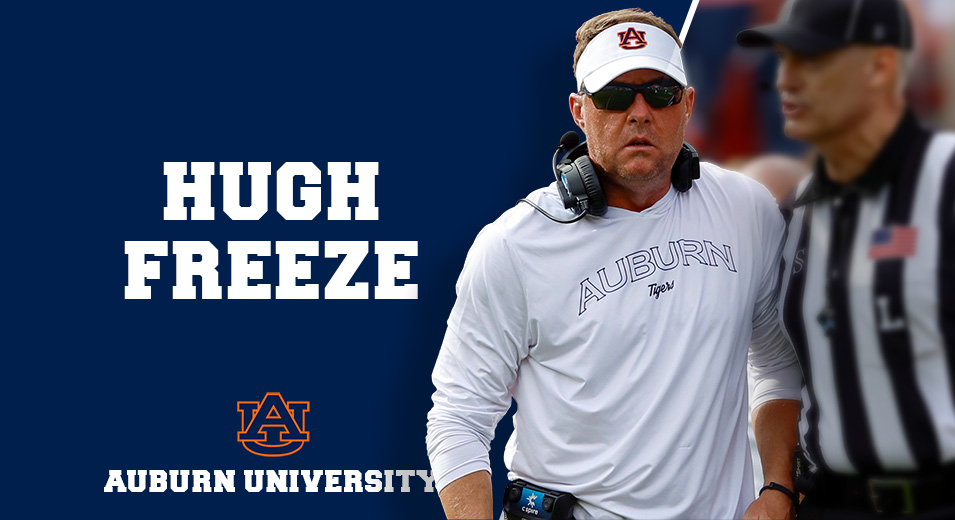
At Auburn, the three tribes of college football fandom find themselves engaged in a uniquely expensive form of warfare. Since 2000, the program has spent $68 million not on building success but on buying out failure – a figure transforming Auburn football from a sports program into a case study of institutional self-sabotage.
The Sunshine Pumpers are clinging to Auburn’s 2025 recruiting class, currently ranked fifth nationally, like a life raft in a storm of mediocrity. They’ll tell you that Freeze needs time, that his 444.5 yards per game show the offense is close to clicking, and that better days are just around the corner. Remember that Texas A&M signed a top-20 class a month after firing their coach last year.
The Negative Nellies point to numbers that are harder to spin: 11-14 overall, 5-11 in the SEC, and now 0-2 in the Iron Bowl. As Paul Finebaum put it, after the latest loss to Alabama, people “really have to wonder about this program’s future.” When you’re generating 444.5 yards per game but still can’t score, you’re not just failing – you’re finding innovative new ways to disappoint.
But it’s the Middle Majority that genuinely appreciates the dark comedy here. Auburn has fired a coach two years after winning a national title (Gene Chizik), dismissed another despite his mystifying ability to beat Alabama in odd-numbered years (Gus Malzahn), and scrapped Bryan Harsin for the crime of not being from around here. Now they’ve got Freeze, whose $20.3 million buyout can be paid monthly through 2028 – less like a coaching contract and more like a mortgage on mediocrity.
The most revealing detail is that Auburn structured Freeze’s buyout not as a deterrent to firing him but as a more convenient payment plan. This behavior reflects an institution that knows itself too well—like someone who builds the divorce settlement into their wedding vows.
Thoughts? We’re ready to hear from you. Click right here
